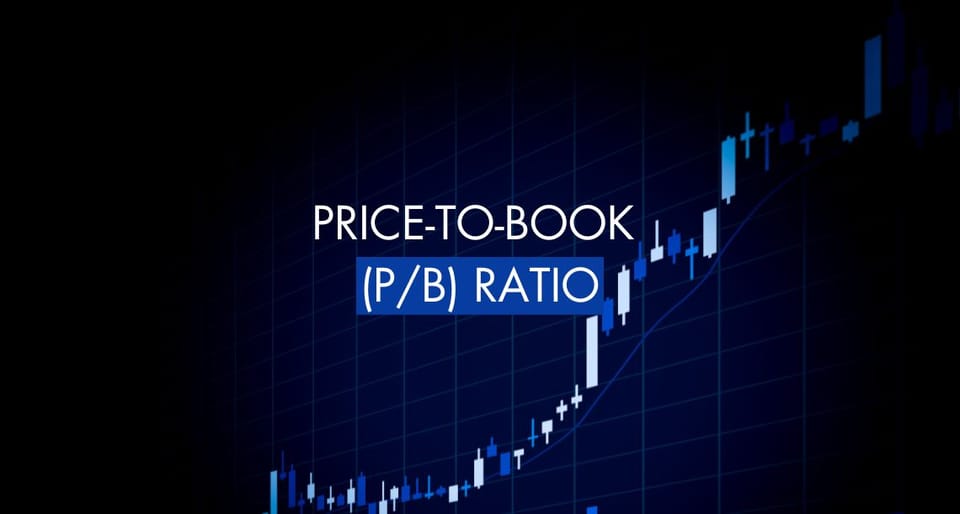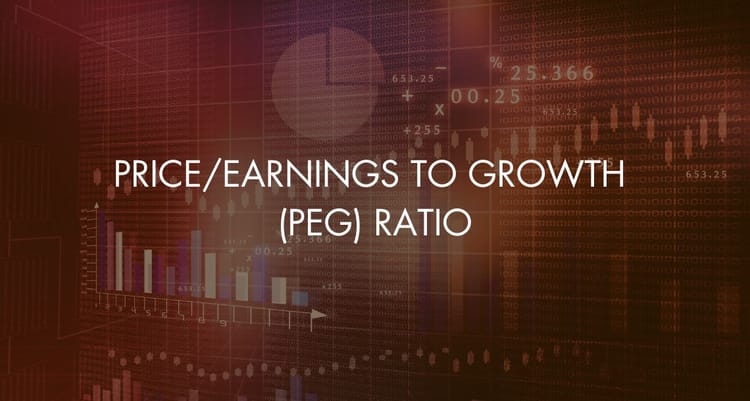What is Price-to-Book (P/B) Ratio? Decoding the Value Behind It.

The Price-to-Book (P/B) ratio is a fundamental measure used to compare a company's current market price to its book value. It provides investors with insights into valuation, helping them determine whether a stock is under or overvalued by market standards. This ratio is especially important in sectors where tangible assets play a critical role in operations, such as banking, manufacturing, and real estate.
Understanding the P/B Ratio
The P/B ratio is calculated by dividing the market price per share by the book value per share. The book value is derived from a company's financial statements, specifically the balance sheet, and represents the net asset value of the company—assets minus liabilities.
Why the P/B Ratio Matters
- Assessment of Market Valuation: The P/B ratio helps investors identify potential investment opportunities by showing how much the market values the company relative to its actual book value. Stocks trading below their book value might be undervalued, potentially offering a good buying opportunity.
- Comparative Tool: Investors often use the P/B ratio to compare companies within the same industry, making it easier to identify which stocks are trading at a discount to their intrinsic value.
- Risk Evaluation: A lower P/B ratio could indicate that a company is undervalued, but it could also signal that there are underlying problems such as poor future prospects or unrecognized liabilities.
P/B Ratio in Various Industries
The applicability and importance of the P/B ratio can vary significantly across different industries. For example:
- Banking and Financial Services: This sector often has significant tangible assets on the balance sheet, making the P/B ratio particularly relevant for evaluating these companies.
- Technology and Services: Companies in these sectors may have minimal physical assets and more intellectual property, which might not be adequately reflected on the balance sheet, thus making the P/B ratio less useful.
Limitations of the P/B Ratio
- Intangible Assets: The P/B ratio may not fully capture the value of companies rich in intangible assets, such as technology firms, because these assets are either not reflected on the balance sheet or are undervalued.
- Sector Variations: Different accounting practices across sectors can affect asset valuation on balance sheets, thus impacting the P/B ratio.
- Historical Cost: Assets are generally recorded at their cost and thus may not reflect the current market value, which can distort the P/B ratio, especially in times of inflation.
The P/B ratio is a straightforward yet powerful tool for investors seeking to understand the underlying value of a stock compared to its market price. By providing a snapshot of how the market values the tangible assets of a company, the P/B ratio serves as a critical component of the financial analysis toolkit. However, like any analytical tool, it has its limitations and should be used as part of a broader investment analysis strategy.
FAQs
Q1: What is considered a good P/B ratio?
A "good" P/B ratio depends on the industry, but generally, a P/B value under 1.0 might suggest that a stock is undervalued, assuming all other factors are normal. Investors should compare the P/B ratio against industry averages for more accurate assessments.
Q2: Can a high P/B ratio be justified?
Yes, a high P/B ratio can be justified if the company has significant growth prospects, effective management, or unique assets that promise higher returns in the future.
Q3: How does the P/B ratio help in risk management?
The P/B ratio can indicate the margin of safety for an investment. Stocks with lower P/B ratios may provide more safety during market downturns as they are closer to their book value.
Q4: Is the P/B ratio effective for all types of stocks?
The P/B ratio is more effective for asset-heavy companies. It might not be as useful for evaluating companies in sectors like technology or services, where intangible assets and intellectual property dominate.
Q5: Can we use the P/B ratio in isolation for making investment decisions?
It is not advisable to use the P/B ratio in isolation. It should be used in conjunction with other financial ratios and analysis tools to get a comprehensive view of a company’s financial health and market valuation.






Member discussion